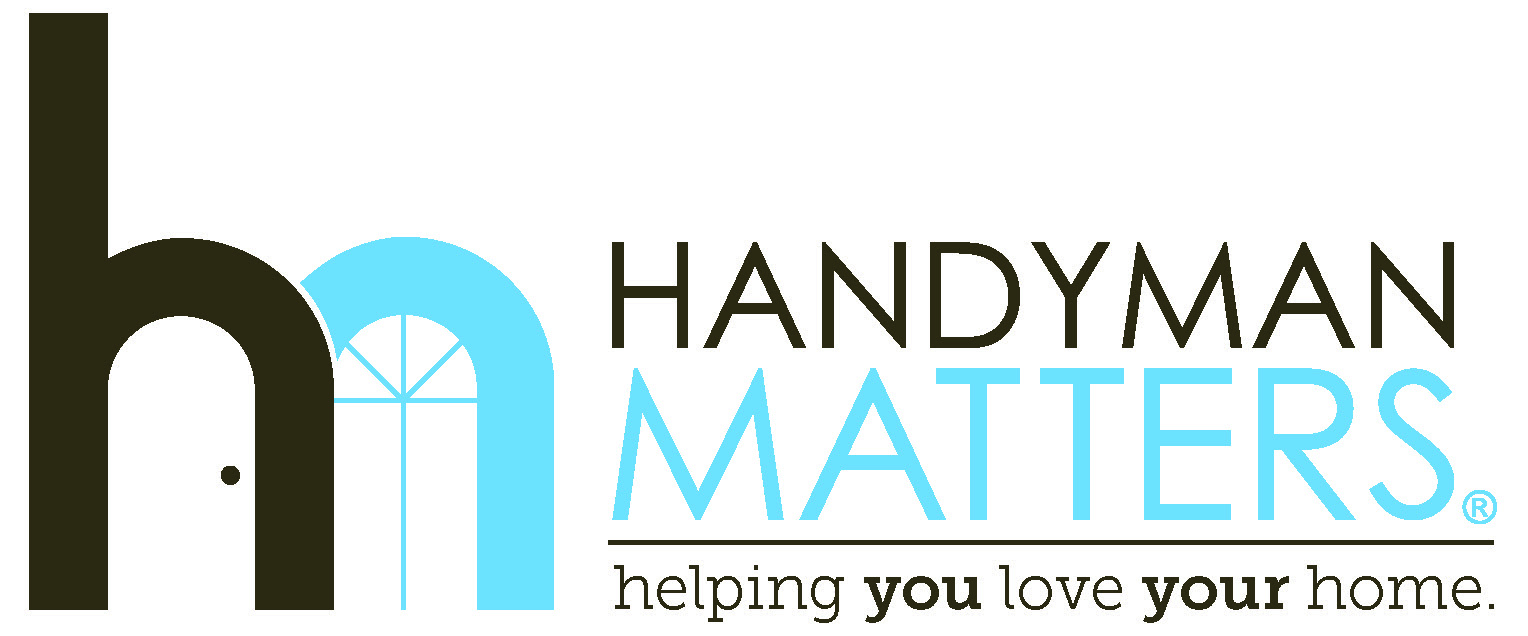I talked to two different clients last week who lamented that no one is networking anymore. They’re feeling the loss: not just the business they get from having a strong networking and referral system but the social aspects too. Getting in a room with businesspeople who face the same challenges you do. Celebrating wins with each other. Learning together.

I have to tell you: It’s been hard for me, too. I thrive on being face-to-face with people. I get the feeling, though, that a lot of people have fallen into a “it is what it is” mindset. They’ve resigned themselves to waiting for things to get back to normal.
I don’t want to throw a wet blanket on your new year, but I’ve got three things to tell you:
- 1. It’s going to be months before things get back to “normal.”
- 2. “Normal” isn’t going to be what it used to be.
- 3. You can’t wait.
If you want to stay open, you’ve got to get back into the game. You’ve got to get that revenue flowing—and networking is one of the most efficient, effective ways of doing that. Up to 80% of your new business can come from networks and referrals, even now.
“But, Jim,” you might be saying. “My networks are falling apart. My associations aren’t even meeting—and how can they?!”
I’m not going to lie to you: This is a tough time for networking. It’s hard. We have to get creative. We have to modify or even reinvent how we do things. But we can do it. Here’s how:
#1: Take Advantage of What’s Available
You know how the first thing a representative at a helpdesk asks you is whether your computer is plugged into the wall? They do that because sometimes it really is that simple. So I have to ask this question: Do you know what programming is actually available, right now, through your networks and associations?

Your first step in reenergizing your networks is to take advantage of what’s out there. Check your association’s or chamber’s website—or better yet, pick up the phone and give them a call to find out what kind of programs they’ve got coming up in the pipeline.
One thing this accomplishes is educating yourself. Maybe you’ve been feeling like there aren’t any networking opportunities out there, but it could be that you’ve made that assumption because so much has been shut down. Or you’re used to seeing specific kinds of events and trainings, and you don’t realize the association is taking new approaches.
Another thing this accomplishes is letting the association know that you’re out there and that you’re interested. In fact, if other members do the same thing, the association will have even more motivation to get things on the schedule. Reach out to members you know and encourage them to contact the association as well. Do you know what else you’ve done by rousing the membership troops? You’ve started networking again.
#2: Advocate for the Programming You Want
When you reach out to your association about programming, one of two things could happen: They could actually not have any programming scheduled, or they could have programming that doesn’t interest you. Does that mean you’ve hit a dead-end? Absolutely not!
Either way, don’t be discouraged. Remember: You are a paying member, and their mission is to serve you. Sometimes, though, they need a little help.
If there’s nothing on the calendar—or nothing that interests you—politely let them know. Give them ideas about programming you’d like to see. For instance, if your goal is to get your networks back to networking, you might want to bring in a speaker who can coach the membership on ways of reaching out and making connections that are adapted to the world we live in. (Have I mentioned how much I love talking about networking?) What’s on your mind is probably on the mind of a lot of your association’s members. Don’t be shy about sharing; many associations are hungry for input from their members.

Advocating for the programming you want isn’t just about topics. Zoom burnout is a real thing, and maybe the last thing you want to do is sit in front of your screen for another hour and watch yet another head talk at you. Zoom will never be perfect, but there are ways to make it better. One of the things we miss most about in-person networking events is interaction, so encourage your association to revamp their meetings and events to incorporate breakout sessions. In my experience, breakout sessions are where the synergy and energy really happen. That might mean having more than one speaker or having one speaker available for longer so they can run multiple breakouts.
Finally, consider urging your association to take a hybrid approach to networking events. People have different levels of tolerance for being in-person right now, and while we can expect to see things open up more as we get more vaccines in more arms, some people will continue to be more comfortable—for health or other reasons—remaining virtual in the coming months. Associations have an opportunity to serve both types of members by offering hybrid events with in-person and virtual components.
One last thought about advocating for the programming you want: Associations exist to serve their members, but any association is only as strong as its members. If your association is on top of things, getting what you want may really be as simple as letting your interests be known. If your association is struggling (and remember, associations are run by people who have their own stresses and challenges, especially right now), they may need something more from you. Can you head up a committee to find the kinds of speakers you want to see? Do you know someone who can provide technology support for a hybrid meeting? What can you do to make sure the programming that you want actually happens?
#3: Expand Your Reach
If you’ve taken advantage of what’s available and advocated for programming you want, but still aren’t getting what you need out of your networking efforts, it’s time to expand your reach. I’m doing this myself right now, looking for an additional association to be a part of.
There are so many different kinds of associations out there: industry and trade associations like the National Association of Residential Property Managers (NARPM); small business associations like the Chamber of Commerce; professional associations like the American Institute of Certified Public Accountants (AICPA); civic and social organizations like The Boys and Girls Club. How do you find the one that’s right for you?
You start by remembering that associations aren’t the only component of your network. Your best current and past clients are part of your network. Your strategic partners are part of your network. Mentors and other industry contacts are part of your network.
What I’m doing to find my next association is reaching out to the clients I love working with and asking them how I can meet other clients like them. The clients you love working with are probably the clients who love working with you; they’ll be more than happy to tell you what associations they’re involved in—and maybe even to network with you and introduce you around. You just have to ask.
When you find a new association you’d like to try out, make sure it’s a good fit by asking yourself three questions:
How does the association make me feel?
For me, feeling welcome is key. If I don’t feel welcome, if members of the association don’t actively engage newcomers, I’m not going to be able to motivate myself to attend regularly enough to make the membership valuable to me. I’m looking for a sense of community.
How can I get involved?
The point of being part of an association is to be a part of it. I’m there to make connections and build relationships, so I want opportunities to do that: regular events and activities I want to attend; chances to get to know other members; active committees I can volunteer on.
Who is in the room?
The answer to this question should not be People I can sell to. What you’re looking for in a network is people who can refer you. It’s about the connections they can help you make. For instance, if you’re a realtor you don’t want to be in a room with a bunch of people looking to buy or sell a house (as if such a room existed!). You want to be in a room with people who work with people looking to buy or sell a house: divorce attorneys, wedding planners, headhunters, moving companies, property managers.
Another way of expanding your reach is to use networking in conjunction with other strategies to bring in business. I talked about that in a video recently, and you might also want to check out my blog What’s Standing In Your Way? about how to identify the challenges your business faces so you can solve for them. There’s some good information in there about setting revenue goals and identifying strategies to bring in business that are right for you.
A Few Final Thoughts

Back at the beginning of the pandemic, I wrote a blog called Be a Victor, Not a Victim. The message about mindset and determination in it is still relevant—in fact, is always relevant. What I’ve been thinking about over the last several days, though, is my call at the end of that article to look for love and joy, to make connections.
2020 was not an easy year, and 2021 is off to a rocky start. We’re coming up on a year, and we’re not out of the dark yet.
There is light ahead, though. So even though you might be tired, even though you might be struggling and feel like this is a good time to hunker down and wait things out, I encourage you to keep an eye on that light. Move toward it. Act. Be the person who reaches out, who gets things going in your circle of influence. Don’t wait.




































































